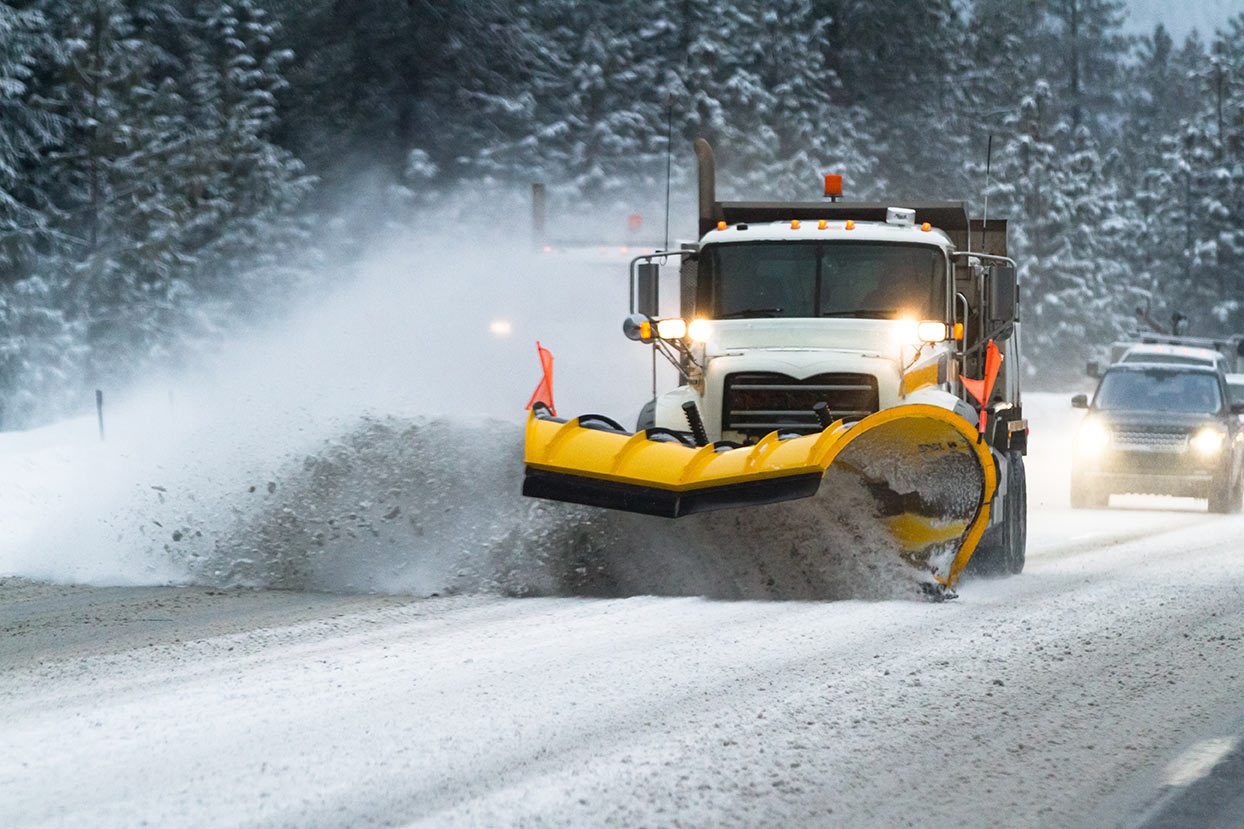Jun 26, 2024
Don't Let Your Kids Dig Forts in Snowbanks
Snowbank tunnels are very dangerous and are not structurally sound. If a fort should collapse, a child may become trapped and potentially asphyxiated which, if you think about it, most avalanche victims — that’s how they perish. Try constructing walled-in, roof-free structures.
Beware of Cars
Snowbank-related car accidents are common. Don’t let your kids play on a snowbanks that are close to traffic. Make sure children aren’t playing near roads or concealed objects. Buried fire hydrants, for example, can cause injury if jumped or fallen on.
Go Sledding Instead of Playing in Snowbanks
Kids want to climb to the top of snow piles, those piles can get high from the snow plows. Add a little ice to the equation, and there’s the risk that children could fall and hit their heads. Don’t let your kids play on snowbanks. There are plenty of hills around for (kids) to sled that are in safe locations.
Monitor Your Kids
Check on your kids consistently when they’re out in the snow. They’re in a potentially dangerous environment when they start digging holes in the snow, getting themselves entrapped, going up high hills. And it’s especially important to monitor them when it’s really cold outside. Even if your kids are 11 or 12, you should check on them frequently. Know your kids’ surroundings before they go out. If they’re going sledding, for instance, check the hill for protruding rocks, trees, parked vehicles and intersections.
Watch for Frostbite
Kids can get wet when they’re playing in the snow, and they may be tempted to keep playing through coldness and numbness. Frostbite in a mild form can result from just minor exposure. Kids — and some adults — need reminders to go inside periodically. Kids should take indoor warm up breaks every 20 minutes when the weather is really cold.
